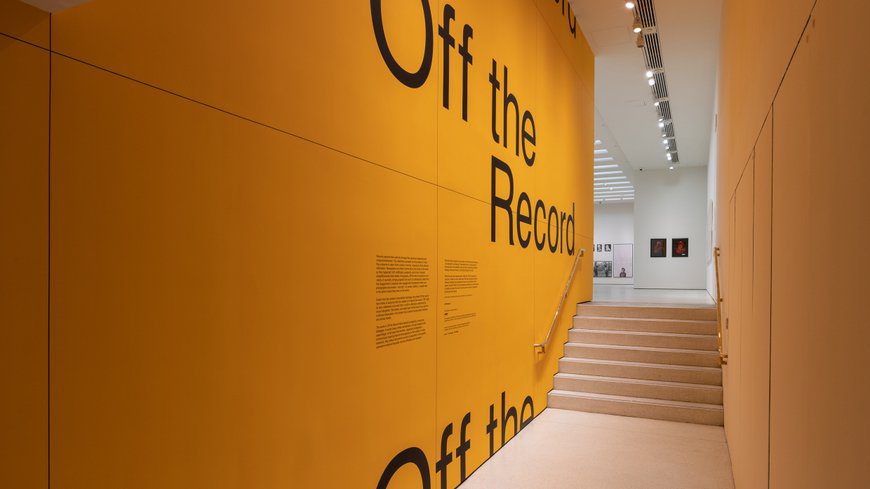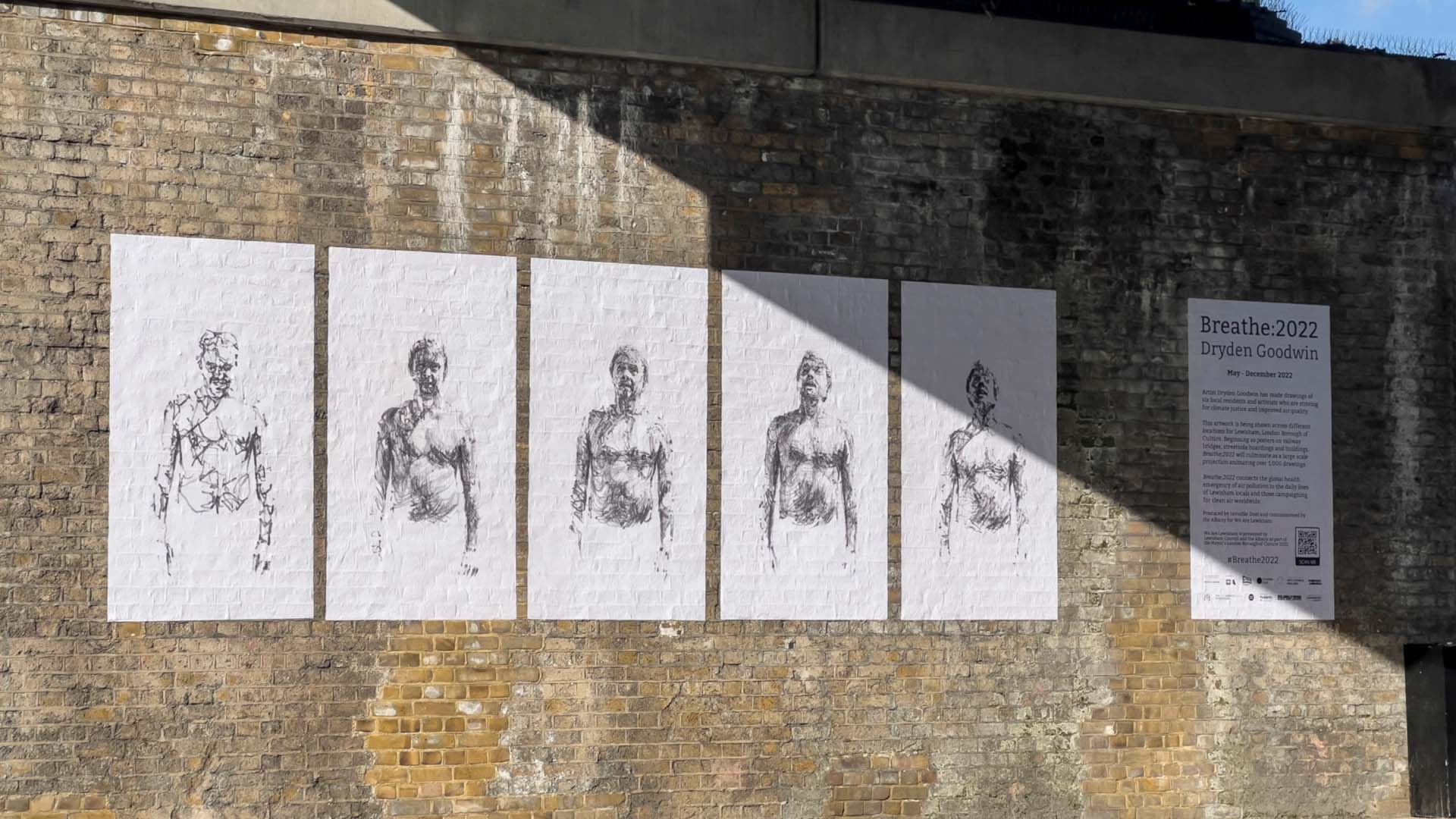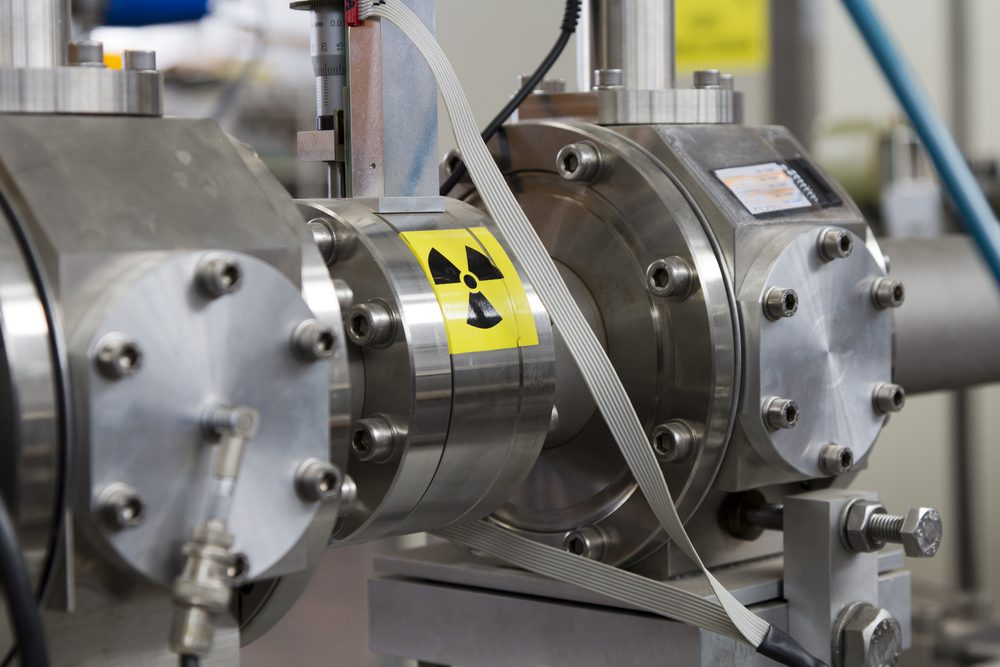New advances in 3D Printing and laser scanning technology that map the textures, colors, and dimensions in minute detail have transformed how museums research and conserve paintings.
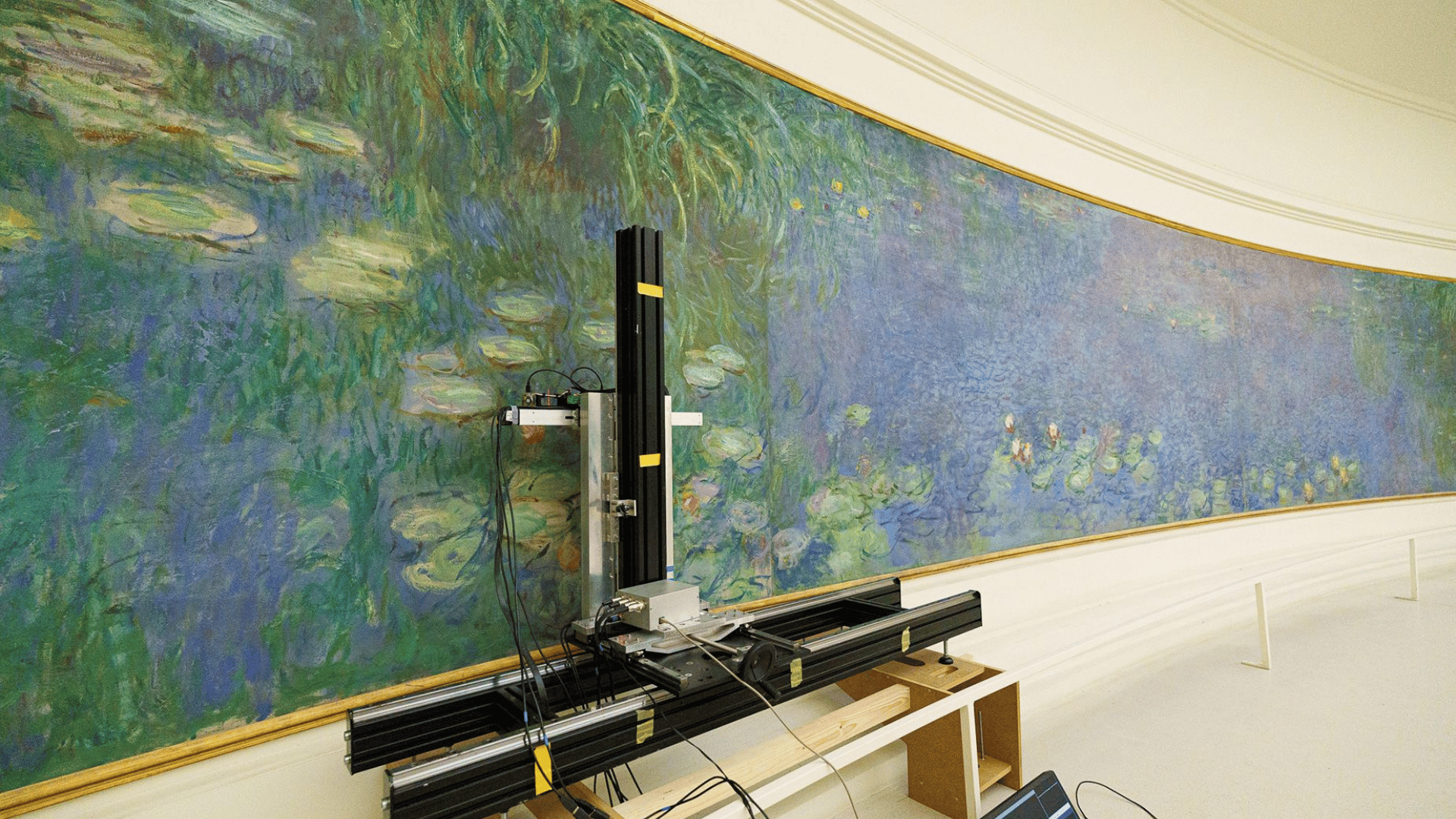
An innovative Australian print company is using the data this technology produces to offer art enthusiasts the opportunity to “live with a masterpiece.” Lito Masters has partnered with several major museums to carry out detailed scans of paintings by artists including Vincent van Gogh, Henri Matisse, and Wassily Kandinsky.
3D-printing technology is then used to create textured reproductions on canvas or paper. Originally founded in 2022, the paintings are rendered in such detail that they include the originals’ ridges, cracks, and imperfections.
“It’s almost a clone,” stated the company’s co-founder, John Dodelande. “So you observe the relief, the brushstrokes — everything.”
A new take on lithography, the limited-edition collectibles are designed to be practically indistinguishable from the original paintings at a fraction of the price. Though the firm owns the scanning data, it also permits the museums to use it for their own scientific research.
For example, a canvas facsimile of “Bedroom in Arles” by Van Gogh (whose works have been known to fetch nine-figure sums at auction) is available for under $4,000. Elsewhere, the reproductions range in price from $493 for a small work on paper to $7,281 for a near-life-size canvas version of a painting from René Magritte’s “The Empire of Light” series, standing more than 4 foot, 9 inches tall.
Each reproduction is created with a certificate of authenticity endorsed by the museum that owns the original. The firm’s parent company, Lito, holds the exclusive commercial license for a laser scanner typically used by art institutions for research.
The scans used for the recreations, which were sometimes created while the paintings were hanging on museum walls, took up to six hours per 10.8 square feet. At the Musée d’Orsay in Paris, for instance, Lito Masters’ printed reproductions of Van Gogh’s works are now available for sale at the gift shop.
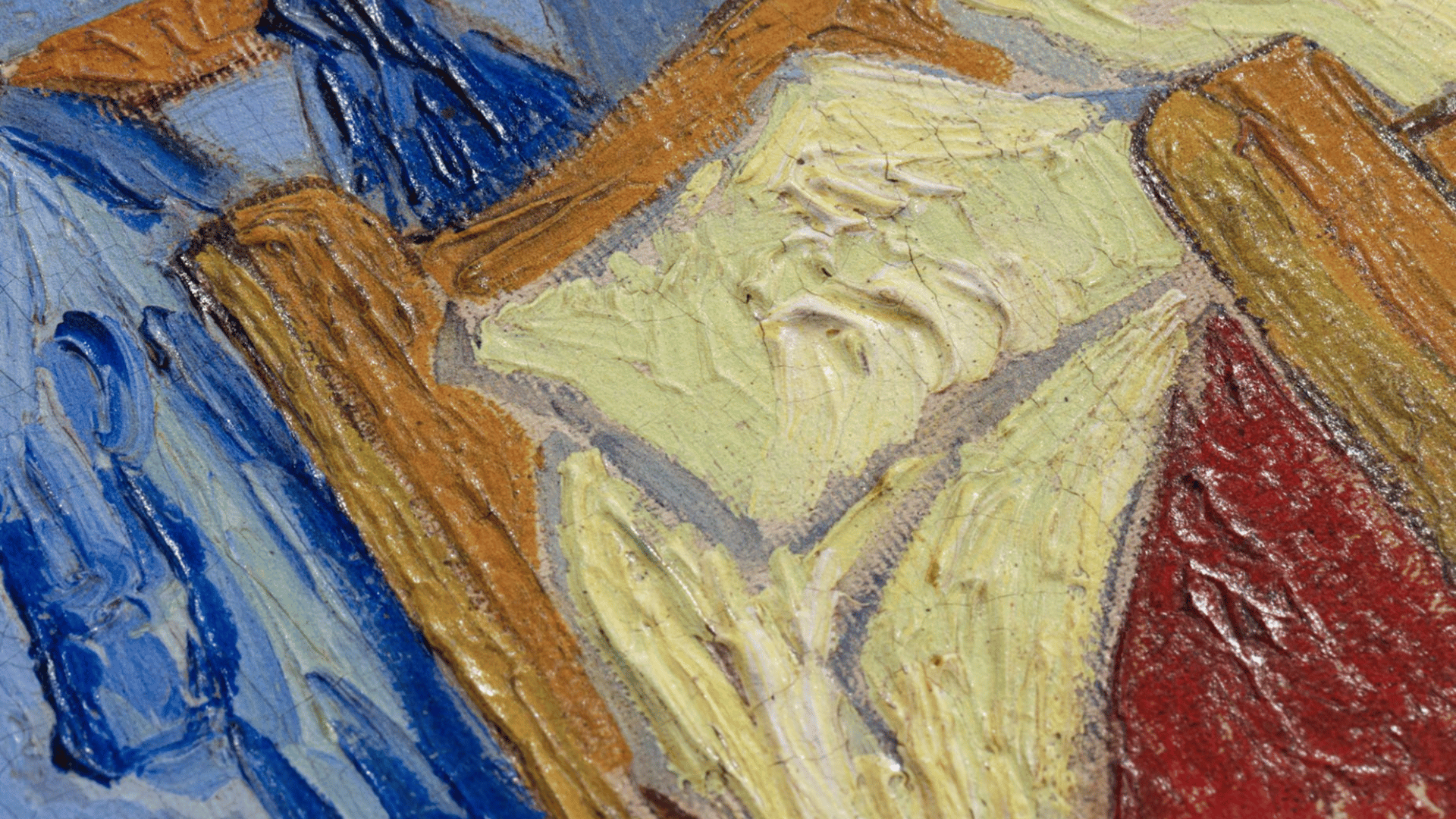
“We want to give the visitors the ability to bring something home — a piece of their experience,” the museum’s head of economic development, Constance de Marliave, told CNN on a video call from Paris.
In a new collaboration with the Musée de l’Orangerie in Paris, Lito Masters spent a week scanning the intuition’s collection of Claude Monet’s “Water Lilies” murals. The first product of the partnership includes small portions of the soaring artworks reprinted as 900-square-centimeter (140-square-inch) collectibles.
Along with the Musée d’Orsay collaboration, the museum has displayed an all-white version of Van Gogh’s “The Church in Auvers-sur-Oise” in its latest exhibition. This allowed visitors to see the painting’s texture and the artist’s technique without the distraction of color.
Lito plans to continue to partner with more museums and artists’ estates, with works by Frida Kahlo and Tsuguharu Foujita expected to be available soon. The company is also working with contemporary artists to produce new works and they hope one day the reproductions could be used for artist retrospectives when originals can’t be loaned or feasibly transported.
“A Lito could be sent to, let’s say, an artist’s retrospective so that it’s complete,” she told CNN. “Instead of sending the original one, damaging it or paying for shipping et cetera, in the future it could be more intelligent much more intelligent and better and return investment worth to send a (printed reproduction).”



